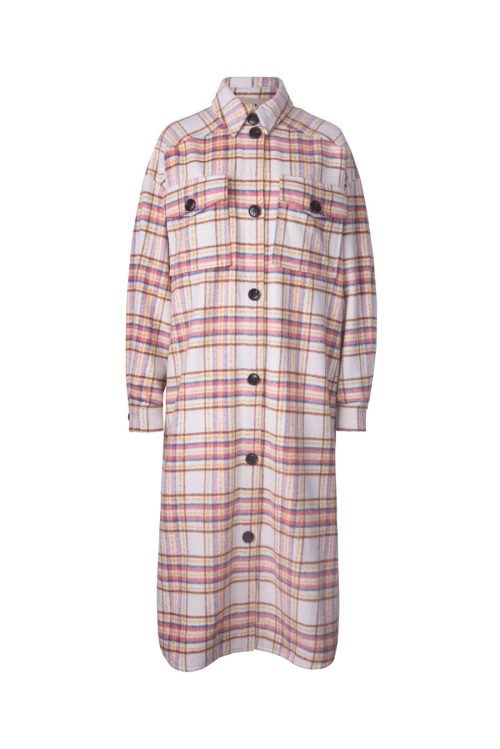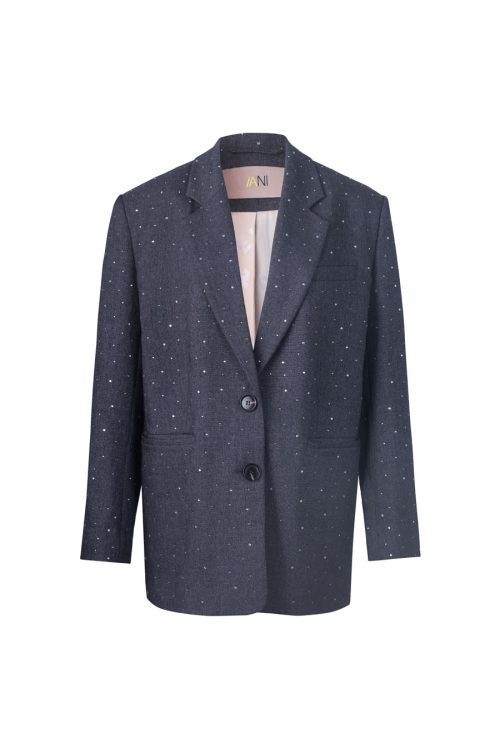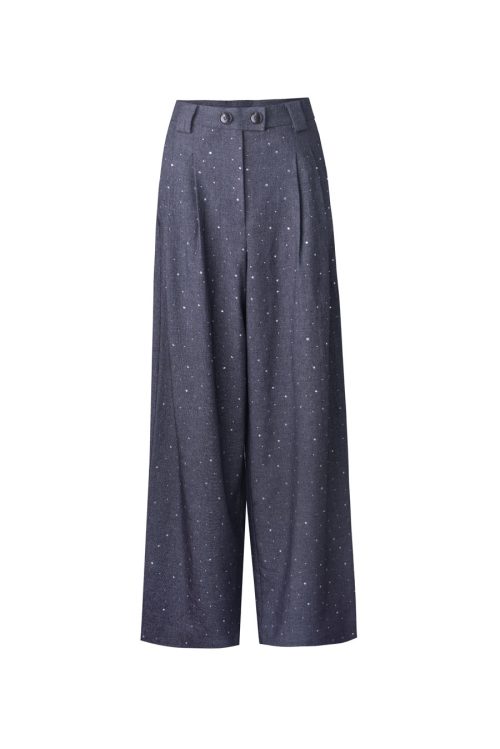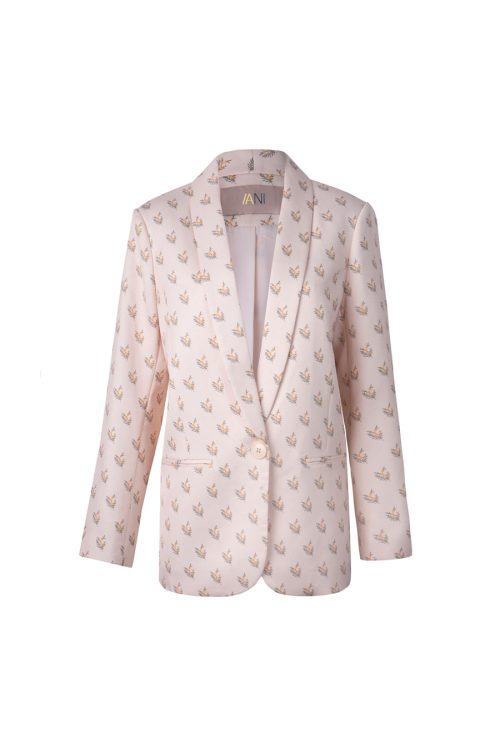
China has long been a dominant player in the global textile and garment industry. Its extensive network of clothing factories provides a wealth of options for businesses looking to purchase wholesale. This article delves into the advantages of sourcing from a China clothing factory wholesale, offering insights into the industry, tips for finding reliable suppliers, and guidance on the purchasing process.
The Rise of China’s Clothing Factories
China’s ascendancy in the clothing manufacturing sector is a result of several historical and economic factors. Over the past few decades, China has leveraged its vast labor force, advanced technology, and efficient supply chains to become the world’s largest exporter of textiles and garments.
Historical Context
The roots of China’s dominance in clothing manufacturing can be traced back to the 1980s when economic reforms opened up the country to global trade. This period saw a significant influx of foreign investment and technology, which helped modernize China’s manufacturing capabilities.
Growth Factors
Several factors have contributed to the growth of China’s clothing factories, including government support, investment in infrastructure, and a focus on education and training in textile engineering. These elements have combined to create a robust and competitive industry.
Advantages of Buying Wholesale from China
China’s clothing factories offer numerous advantages for businesses looking to source wholesale products.
Cost
One of the most compelling reasons to source from China is the cost advantage. China’s efficient production processes and economies of scale result in lower manufacturing costs, which translate into competitive pricing for buyers.
Quality
Chinese manufacturers have made significant strides in improving the quality of their products. Many factories adhere to international quality standards and employ advanced production techniques to ensure high-quality output.
Variety
The sheer variety of products available from Chinese clothing factories is another major benefit. From everyday apparel to high-fashion items, buyers can find a wide range of options to meet their specific needs.
Supply Chain Efficiency
China’s well-developed infrastructure and logistics networks ensure efficient supply chain management. This means faster production times, reliable delivery schedules, and the ability to handle large orders with ease.
How to Identify Reliable Factories
Finding reliable clothing factories in China is crucial to ensuring the success of your wholesale purchases. Here are some key characteristics to look for and methods to verify the credibility of potential suppliers.
Key Characteristics
- Experience and Reputation: Look for factories with a proven track record and positive reviews from previous clients.
- Certifications: Ensure the factory has necessary certifications, such as ISO9001 for quality management.
- Production Capacity: Verify the factory’s ability to handle your order volume and meet deadlines.
- Communication: Good communication is essential. Choose factories that are responsive and transparent.
Verification Methods
- Factory Visits: If possible, visit the factory in person to inspect facilities and meet the management team.
- Third-Party Audits: Hire independent auditors to assess the factory’s capabilities and compliance with international standards.
- References: Request references from the factory and contact previous clients to get their feedback.
The Process of Purchasing Wholesale
Navigating the purchasing process involves several steps, from initial contact to final delivery. Here’s a step-by-step guide to help you through the process.
Steps Involved
- Initial Inquiry: Reach out to the factory with your requirements, including product specifications, quantities, and customization needs.
- Quotation and Negotiation: Obtain a detailed quotation and negotiate terms such as price, payment methods, and delivery schedules.
- Sample Orders: Request samples to evaluate product quality before placing a large order.
- Order Confirmation: Confirm the order, including all terms and conditions, and sign a contract if necessary.
- Production and Quality Control: Monitor the production process and conduct quality checks to ensure standards are met.
- Shipping and Delivery: Arrange for shipping, considering options like air, sea, or express shipping, and ensure all documentation is in order.
Payment Options
Common payment methods include bank transfers, letters of credit, and secure online payment platforms. Choose a payment method that offers security and flexibility for both parties.
Shipping Considerations
Discuss shipping options with your supplier to determine the best method for your needs. Consider factors like cost, delivery time, and customs requirements. Ensure all shipping details are clearly outlined in your contract.
Top Wholesale Clothing Factories in China
China is home to many leading clothing factories that offer a wide range of products and services. Here are a few notable ones:
Shenzhen Global Weiye Clothing
Shenzhen Global Weiye Clothing is known for its extensive range of women’s clothing, including skirts, blouses, jackets, and pants. They emphasize quality and offer customization options.
Guangzhou Fuyi Garment
Guangzhou Fuyi Garment specializes in fashionable women’s apparel. They have a strong focus on design and quality, catering to both small and large orders.
Ningbo Veken Elite Group
Ningbo Veken Elite Group is a major player in the textile industry, offering a wide variety of garments. They are known for their advanced production facilities and adherence to international standards.
Current Trends in Wholesale Clothing
The wholesale clothing market is continuously evolving, with several key trends shaping the industry.
Sustainable Practices
Sustainability is becoming a significant focus in the fashion industry. Many Chinese factories are adopting eco-friendly materials and production methods to meet the growing demand for sustainable products.
Technology Integration
The integration of technology in manufacturing processes is enhancing efficiency and quality. From automated cutting machines to advanced quality control systems, technology is playing a crucial role in modern clothing factories.
Fashion Trends
Chinese manufacturers are quick to adapt to the latest fashion trends. This agility allows buyers to access the newest styles and designs, keeping their offerings fresh and appealing to consumers.
Conclusion
Sourcing from a China clothing factory wholesale offers numerous benefits, including cost savings, high quality, and efficient supply chains. By understanding the landscape and knowing how to identify reliable factories, businesses can successfully navigate the purchasing process and capitalize on the opportunities offered by the Chinese market. With the latest trends in sustainability and technology, the future of wholesale clothing from China looks promising.
FAQs
What are the main benefits of buying wholesale clothing from China? The main benefits include cost savings, high quality, a wide variety of products, and efficient supply chains.
How can I find reliable clothing factories in China? Look for factories with experience, positive reviews, necessary certifications, and good communication. Verify their credibility through factory visits, third-party audits, and references.
What are the common payment methods for purchasing wholesale clothing from China? Common payment methods include bank transfers, letters of credit, and secure online payment platforms.
How long does shipping take when ordering from China? Shipping times vary depending on the method chosen. Air shipping is faster but more expensive, while sea shipping is slower but more cost-effective.
What trends are currently shaping the wholesale clothing market in China? Current trends include sustainable practices, technology integration in manufacturing, and the adoption of the latest fashion trends.
Is it cost-effective to source clothing from China? Yes, it is cost-effective due to China’s efficient production processes and economies of scale, which result in competitive pricing.




